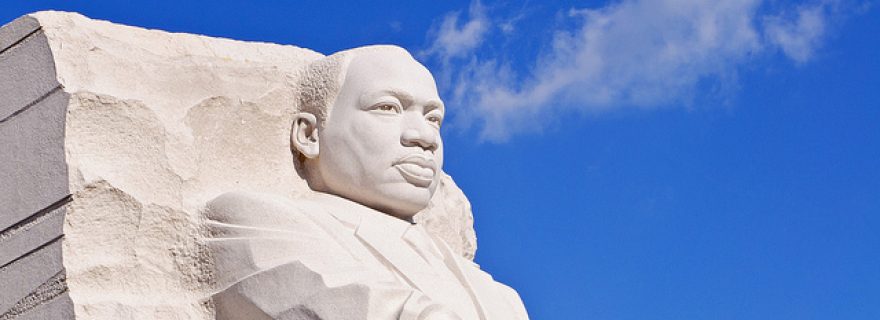Changing bodies changes if you are “in” or “out”-(group)
How “fixed” and “immutable” is racial bias?
“I have a dream that my four little children will one day live in a nation where they will not be judged by the color of their skin, but by the content of their character. I have a dream today.”
- Martin Luther King Jr, August 28, 1963
More than fifty years have passed since the day Martin Luther King Jr. pronounced one of the most inspiring speeches of the Twentieth century. Nonetheless, today it is still quite hard to look at the outside world and think with confidence that the dream of the American clergyman will become more than a dream in the near future. In fact, everlasting ethnic,religious and cultural wars (just open any newspaper for examples), rash immigratory policies, everyday violence and implicit and explicit ghettoization demonstrate that social discrimination is still one of the leitmotifs of human history. This is not surprising as social discrimination is rooted in one of the most adaptive and fundamental human cognitive functions: categorization. Indeed, we all have an innate tendency to maintain a positive image of ourselves and of the group we belong to (and identify with), and we tend to maximize the distinction between in-group and out-group, often implying a positive evaluation of the in-group at the expense of the out-group. Unfortunately, every categorization has a cost: it can lead to irrational, over-generalized stereotypes that may have dramatic consequences when applied to human beings.
The question at this point is: how “fixed” and “immutable” is social categorization?
Luckily, the seminal work of the Lab of Action and Body, headed by Prof Manos Tsakiris, has recently demonstrated that it is possible to change our implicit social bias by experimentally changing the relation between the self and outgroups by means of inducing bodily illusions. For example, in a pivotal study, carried out in this lab, participants’ implicit racial attitudes were measured before and after they experienced a rubber hand illusion with a hand of a different racial group. Remarkably, regardless of their implicit attitudes towards that race, participants experienced the other-race hand as their own and they showed a significant decrease in negative implicit attitudes towards dark skin. That is, the more intense the participants’ illusion of ownership over the dark-skinned rubber hand, the less the prejudice. So, the first step for reducing racial bias is perceiving physical similarity between self and outgroup member, which, in a second step, leads to a generalization of positive self-like associations to the outgroup.
As such, the work by Manos Tsakiris and colleagues have very important practical implications as they imply that, as dreamed by Martin Luther King, it would be possible to reduce prejudice.



0 Comments